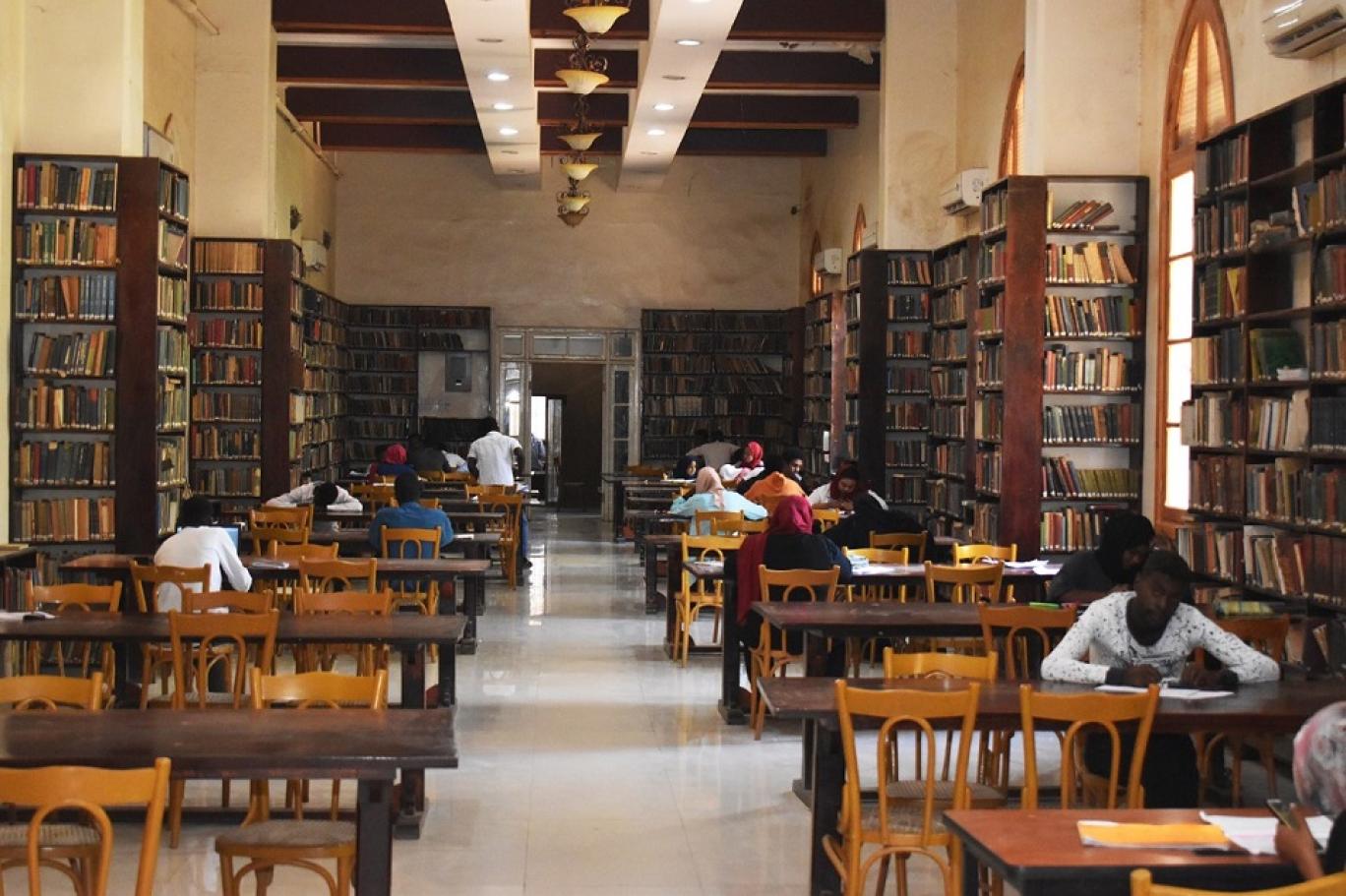 Definition
Definition  HOME
HOME

Education in Sudan
According to historical documents, education in Sudan began a long time ago. The Sudanese knew the Egyptian language and mastered it in reading and writing during the era of the Kingdom of Kush (1070 BC - 350 AD).
Meroitic writing then appeared (in the Kingdom of Meroe) in the period between 700 and 300 BC.
With the beginning of the spread of Islam and the era of Islamic kingdoms and sultanates such as: Sennar, Darfur, and others, education was based on memorizing the Qur’an and learning Fiqih, as there were “Katatib” spread throughout Sudan until the emergence of the Mahdist Revolution up to the end of its era.
Regular schools appeared for the first time in Sudan during the period of Turkish-Egyptian rule (1821-1885), and the first primary school in Sudan was opened in the year 1855 AD under the supervision of Rifa’a Rafi’ al-Tahtawi. In 1902. The Gordon College was opened in Khartoum in memory of Gordon Pasha, and then the number of elementary schools increased in the capitals, governorates, and centers.
There were also 87 “ governmental pre-schools,” and their students ranged between eight thousand and nine thousand.
Students enter it at the age of between two and eight years, and are taught the Qur’an and religious lessons along with reading, writing, arithmetic, and principles in geography, history, health, agriculture, and manual crafts.
Until 1933, the number of primary schools reached ten, with 1,094 students, and the ages of their members ranged between 10 and 13 years.
While the number of students at Gordon College in 1930 AD was 555, and in 1933 AD 476. The purpose of education at the college was to prepare employees for the government, until technical and industrial schools were established in each district according to its needs.
The Bakht Al-Rida Institute was established in 1934 AD to train primary school teachers.
Developing curricula, books, and guidance references for teachers in primary schools.
Organizing courses to qualify teachers who have not received training, in order to improve their capabilities and enable them to keep pace with teaching new courses.
After that, several national schools were established that contributed significantly to the progress of Sudanese education, such as: Khor Taqat, Hantoub and Waday Sayyidna.
The education continued to develop and the number of schools and universities in Sudan increased until the year 2018 AD the number of universities reached 36 public universities, 19 private universities, and 52 community and private colleges, in addition to 24 technical colleges, 8 research centers, and about 19,930 schools.
 Definition
Definition  HOME
HOME 